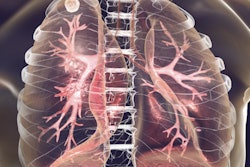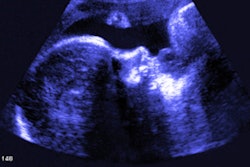Dear Ultrasound Insider,
Welcome to this first edition of our Ultrasound Insider newsletter, dedicated to the exciting world of clinical ultrasound. As an Ultrasound Insider, you'll be receiving this newsletter periodically -- we hope you find it useful!
We've posted two new articles today in the Ultrasound Community that you'll definitely want to read. First up is our report about the use of ultrasound in suspected cases of pulmonary tuberculosis. Preliminary results from Italy suggest that lung ultrasound can be of value, especially for patients in whom radiation exposure is of great concern.
Handheld, point-of-care ultrasound units also have much to offer, in particular for evaluating elderly patients who present with limited mobility, but research in this area is lacking, according to a new study. Find out why German researchers believe handheld ultrasound shows promise for extending the physical examination of elderly patients and providing additional diagnostic information that can help clinicians establish appropriate treatment plans.
After you've read our featured stories, take a look at what else is going on in the community:
- How does the handheld ultrasound market look for 2019? Check out what industry analyst Simon Harris has to say.
- Late pregnancy ultrasound could reduce the C-section rate, U.K. researchers have found.
- Ultrasound computer-aided diagnosis software shows promise for stratifying the malignancy risk of thyroid nodules.
- A Swiss team has found that artificial intelligence can help radiologists read breast ultrasound exams.
- Is Europe missing out on premium ultrasound? Maybe, according to contributing writer Stuart Kusta.
Looking ahead, Editor-in-Chief Philip Ward will be attending the European Congress of Ultrasound (EUROSON) in Granada, Spain, at the end of this month. Our June newsletter will include coverage from this important meeting.
For even more news related to ultrasound, be sure to scroll through the links below.



















